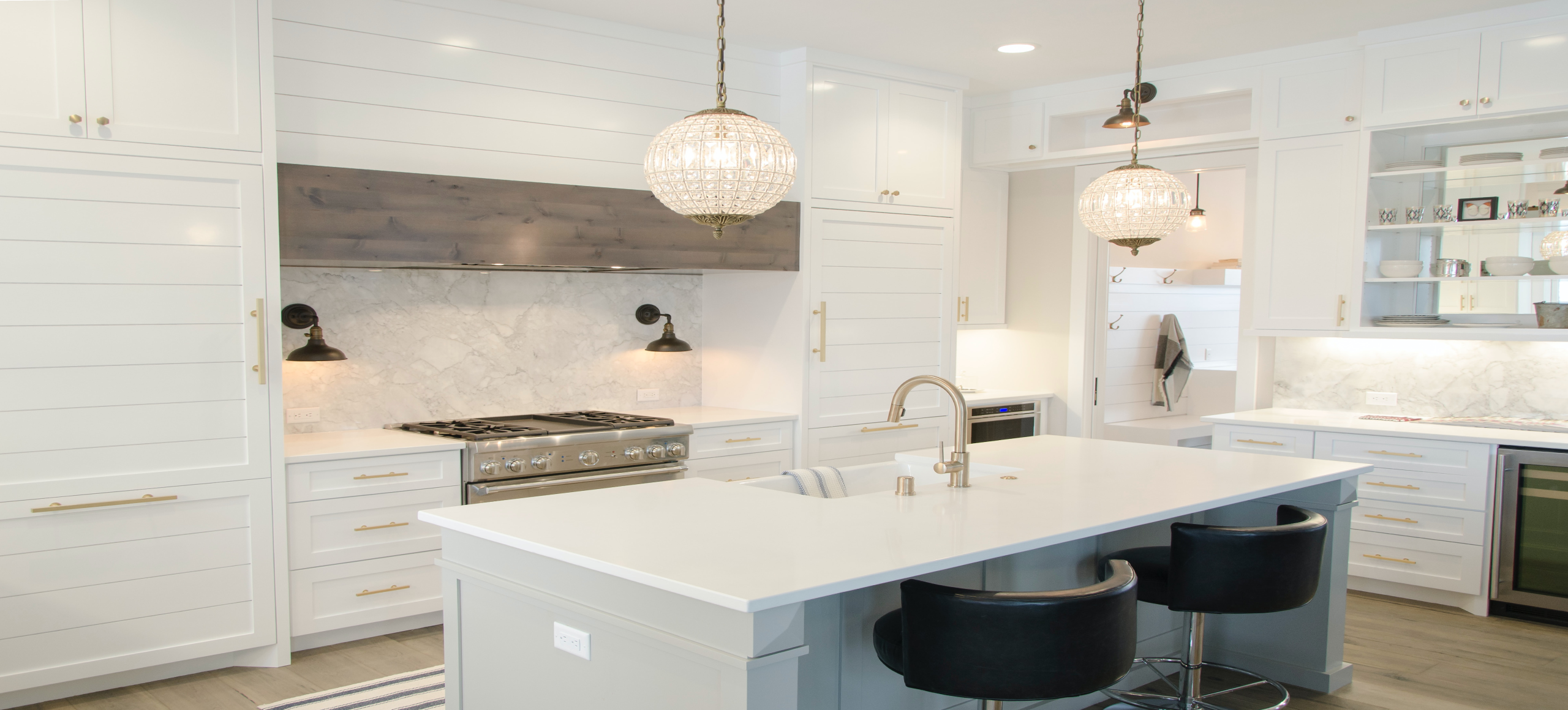While descaling can be easy, it’s easier still to prevent limescale in the first place with clever water filtration.
As limescale is commonly made of calcium carbonate, you can prevent limescale build-up from developing in your appliances by using a water filter. BRITA water filters help reduce the possibility of limescale without removing important minerals like calcium that help your body stay healthy and strong.
The BRITA MAXTRA+ Limescale Expert filter cartridge reduces chlorine, limescale, lead, and copper in your drinking water. Like all MAXTRA+ filter cartridges, the Limescale Expert cartridge fits into any MAXTRA+ system, including water filter jugs and casks.
Or you might want to filter your coffee machine directly without the use of a water filter jug. In that case, you’ll want to take a look at the AquaGusto 100 filter. This handy little filter sits in your home coffee machine’s water tank to reduce limescale deposits and protect the machine. Like all BRITA filters, it can also help to enhance the flavour, aroma, and appearance of your water and thus any coffee you make with your filtered water.







